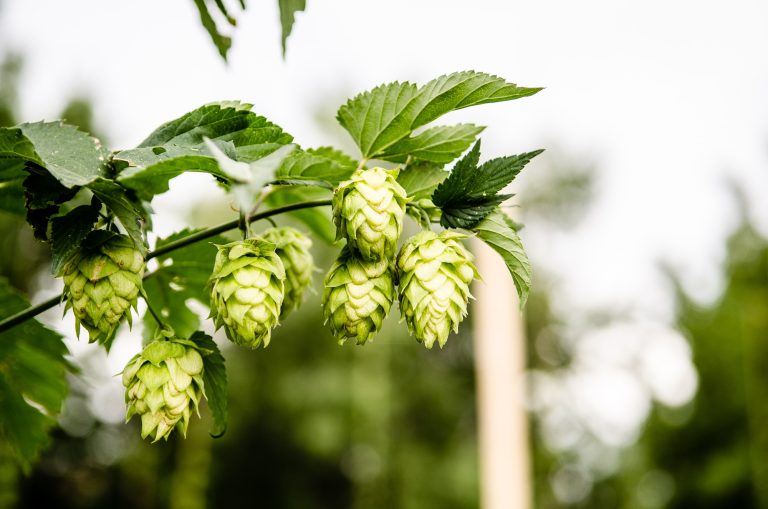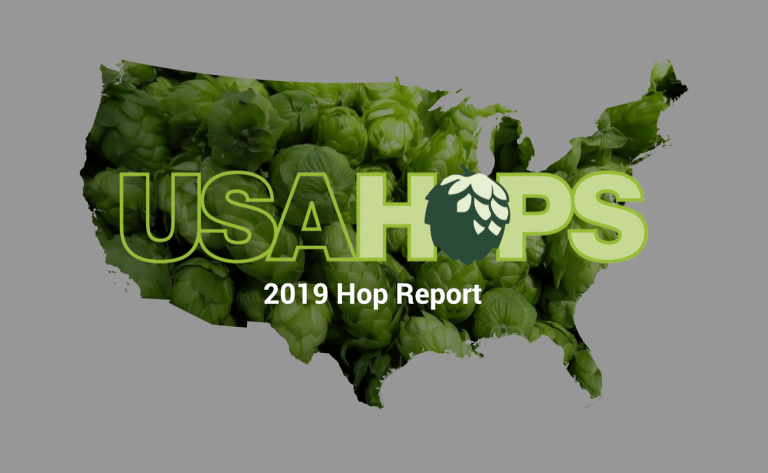Top 5 Disasters that Threatened US Hop Production
The Pacific Northwest grows over 99% of all hops in the United States. The US is also the number one producer of hops in the world. This means that when disaster strikes the US hop growers, it impacts everywhere.
With the 41st anniversary of the Mount St. Helens eruption coming up, we wanted to look back at the major disasters that have threatened hop production across the United States.
5. Eruption of Mount St. Helens, Washington (May 18, 1980)
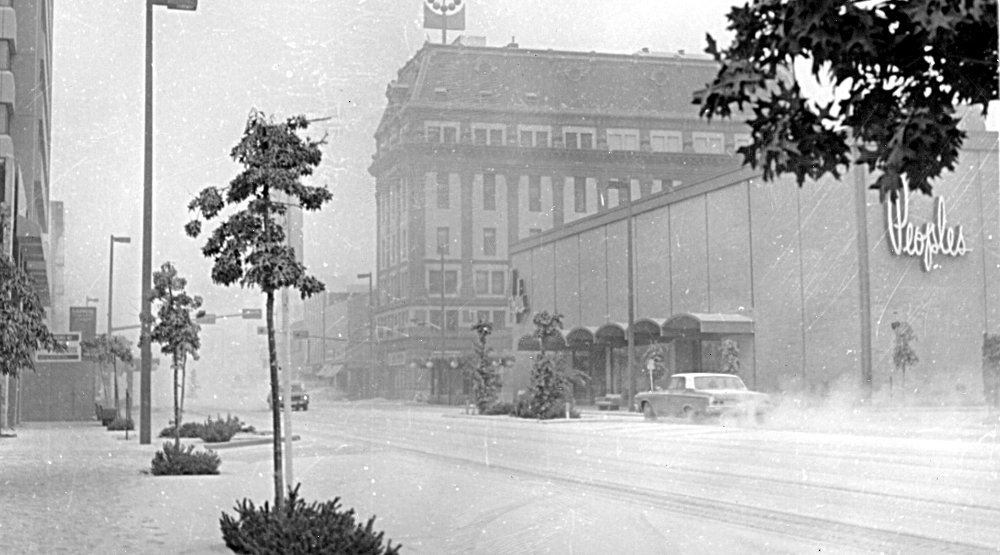
On May 18, 1980, the eruption of Mount St. Helens caused a large amount of volcanic ash to fall on the Yakima Valley area. Visibility was reduced to near-zero conditions that afternoon across the valley and as far east as Missoula, MT.
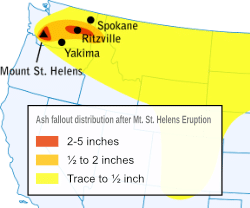
Yakima Valley is 85 miles away from the mountain as is the mecca for many popular hops we all use today. However, on this day 60 MPH winds with a north-easterly flow sent the billowing ash on a direct crash course for the valley. 600,000 tons of ash fell in Yakima city limits, and nearly 200 million cubic yards of soot and ash were dumped across Washington, covering nearly half the state.
Initial reports feared the worst for Washington’s agriculture industry. While many alfalfa fields needed to be plowed under to help clean up the ash, other crops weren’t subjected to the same fate. It was eventually found that the first concerns were overblown, and the 1980 growing season brought in a record wheat harvest and hops actually thrived in the ashy soil.
4. Pacific Northwest Drought (June-July, 2015)
In late June and early July, hop farmers were facing a massive heat wave, with temperatures over 100 °F for 7 to 10 days straight. The drought hit right as hop plants were reaching a critical phase in their life cycles, when the bines begin climbing the trellis and storing the energy that will later become the hop cone.
The 2015 growing season saw the Pacific Northwest deal with the warmest months on record. In fact, Washington state recorded its warmest year on record that year.
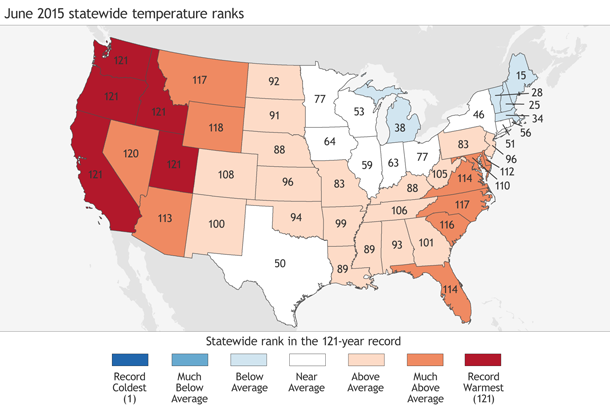
How hard the hops were hit depended on the variety. Fragile, early flowering varieties, like Centennial and Willamette, were devastated by the drought. Hardier breeds such as Cascade fared much better. The result was that many brewers were forced to shift to different varieties than they originally planned.
Also, as a result of the drought, the water supply was severely impacted. The snowpack in the Cascade mountain range was close to 15% of normal, so water use had to be rationed. Yakima valley sits in the watershed area of the Cascades and uses the snow melt to irrigate their fields. Luckily, most growers were able to adapt by using groundwater and other sources.
Luckily, hop growers were able to mostly beat the heat and produce record numbers of hops despite the enormous challenges.
3. COVID Pandemic (2020)
By any measure, 2020 was a bad year for just about everyone. The worldwide pandemic was unquestionably devastating due to the amount of lives lost. The economic impact was also wide-ranging: Craft beer sales saw a 9.3% decline in total sales in 2020, which was the largest drop in the last 15 years. Breweries had to adapt to new indoor restrictions.
Hop farms were also hit hard by having to cooperate with new state and federal laws aimed at stemming outbreaks. COVID-related requirements for PPE, distancing workers during transport and operations, hiring additional workers to substitute for those who were sent home to quarantine if exposure was suspected, and additional staffing to accomplish worker health checks, and sanitizing equipment, vehicles and tools all cost additional money farms didn’t originally have in their budget.

While there are no hard numbers showing the exact monetary impact COVID had on hop farms, 2020 did see the first decrease in gross revenue per acre since at least 2013. However, this decline may have also had something to do with #1 below.
2. SS Steiner Warehouse Fire (October 2, 2006)
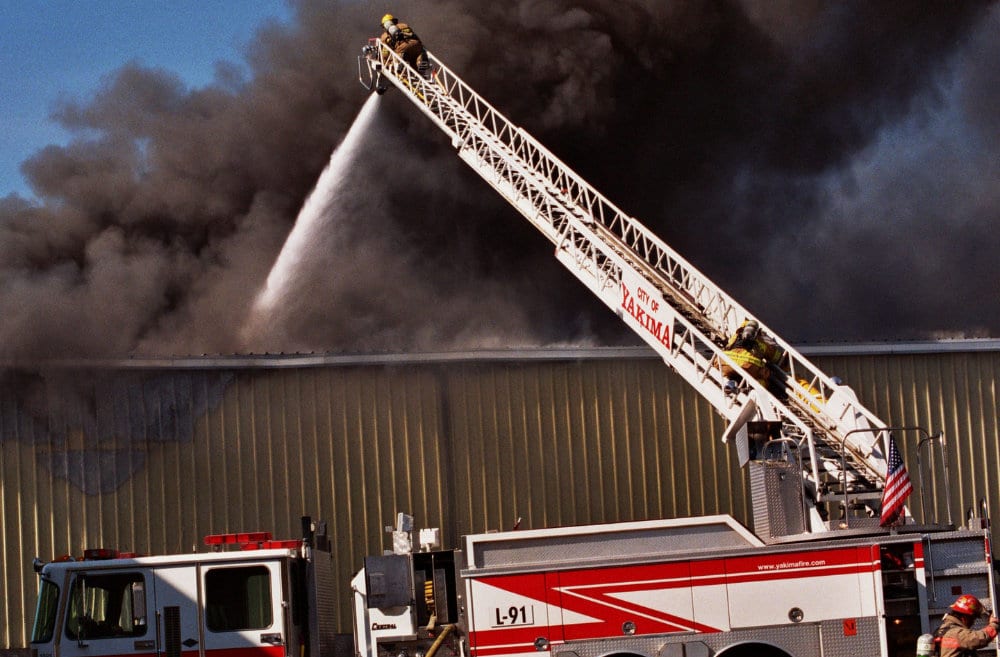
About 4 percent of the US’s total hop yield, or 1% of the world’s, was lost in a fire on Monday, October 2nd, 2006. Approximately 2 million pounds of Pacific Northwest’s prized crop went up in flames in a Yakima, WA 40,000-square-foot warehouse leased by the S.S. Steiner company.
The fire destroyed 10,000 bales of hops weighing about 200 pounds each. These hops were worth between $1.75 and $2 per pound, based on the average price that year. Estimates pegged this fire’s total damage as $3.5 million and $4 million in losses.
The cause of the fire appeared to be spontaneous combustion. Spontaneous combustion can happen when any baled crops are not dried to the proper moisture level before baling and begin to “self-heat”. Excess moisture combined with resin and oil loaded hop varieties create an ideal environment for a fire.
Unfortunately, this wasn’t a one-time occurrence. It happened again in 2017. A John I. Haas warehouse went up in flames with losses totaling about $30,000.
1. Pacific Northwest Wildfires (August-November, 2020)
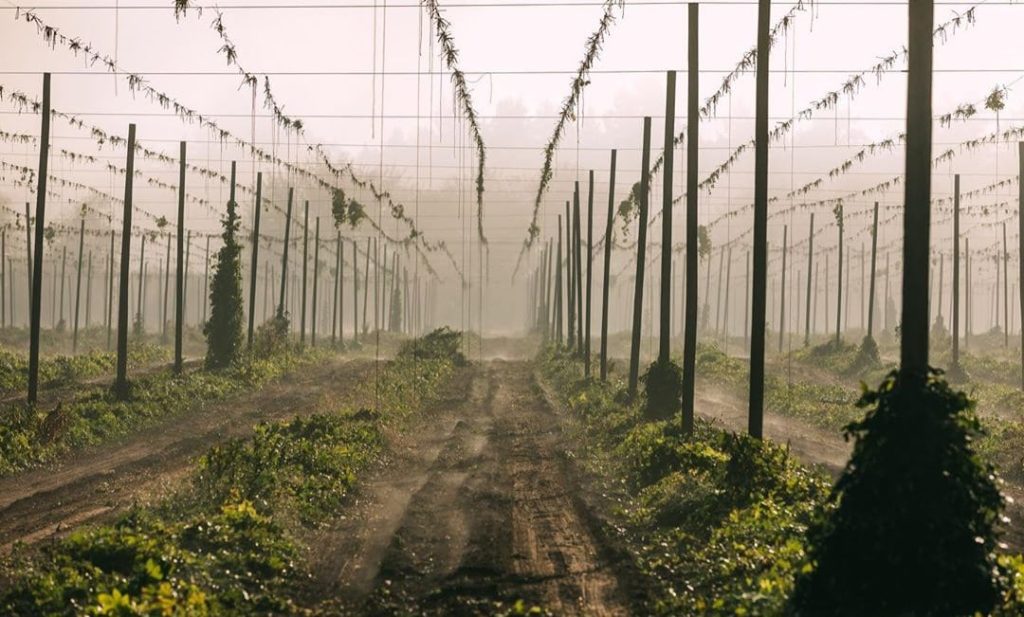
The Pacific Northwest had 1.9 million acres and over 4,400 structures burnt during the 2020 wildfire season. Oregon was hit hardest, with over 60% of the lost land, accounting for an estimated $6-7 billion in economic losses.
While the hop industry was not directly hit by the fires, local farmers had major challenges to contend with. High temperatures, smoke and high winds caused rough working conditions and hastened harvest season for area hop yards.
The wildfires blanketed much of the Pacific Northwest with heavy overcast skies and sent hop plants into early dormancy due to the lack of sunlight – causing dry cones that saw higher levels of shatter as harvest progressed. Varieties harvested prior to Labor Day had good quality and yields, but later harvested varieties experienced severe yield loss according to the USAHops 2020 report.
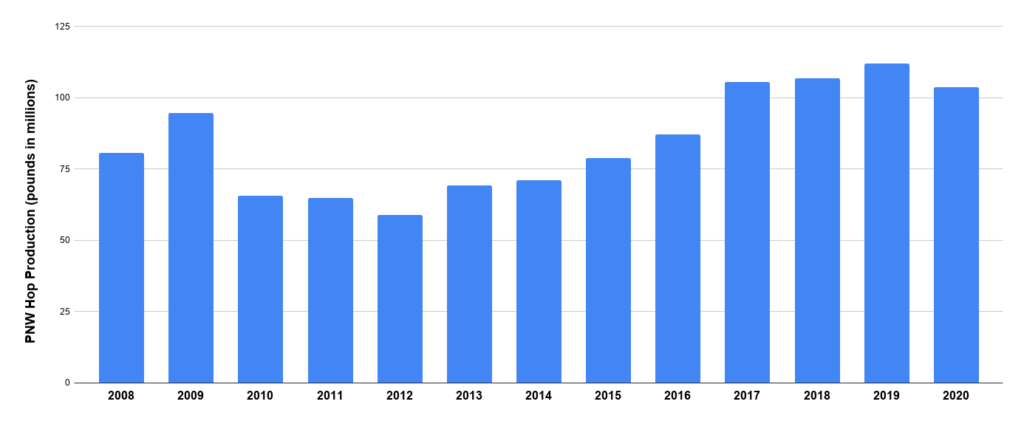
2020’s hop production decreased to 103.8 million pounds in the PNW. This is the first decrease in production amounts since 2012.
Featured image courtesy 360 PRODUCTIONS LTD





